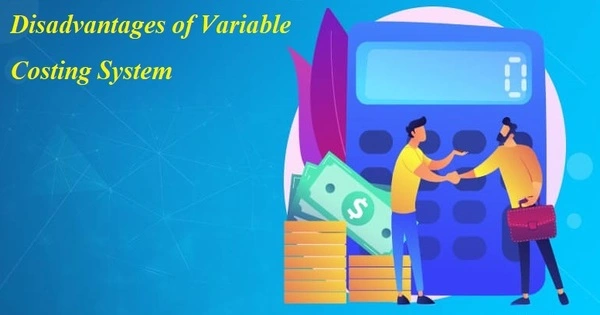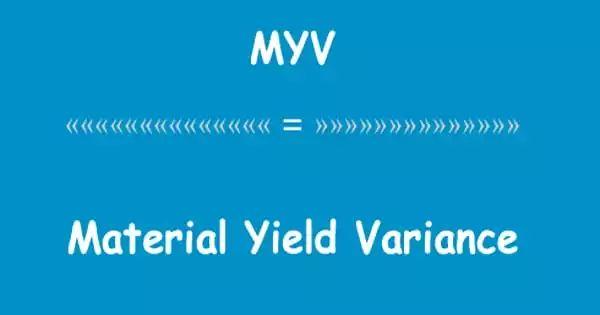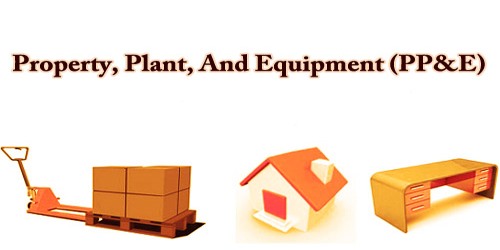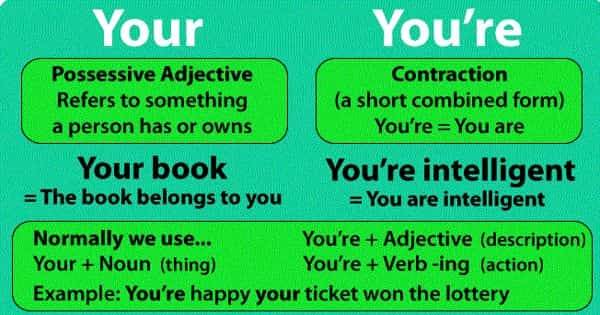Variable costing, also known as direct costing, is a costing method that includes only variable manufacturing costs in the cost of a unit of product — direct materials, direct labor, and variable manufacturing overhead. Direct costing is another name for variable costing. Only production costs that vary directly with output are treated as product costs in variable costing. Under this method, fixed manufacturing overhead is not considered a product cost. It is instead treated as a period cost and, like selling and administrative expenses, is charged against revenue in the period in which it is incurred.
Disadvantages of Variable Costing System
- Inaccurate cost
A directly identifiable fixed cost is one that is directly related to production. The financial statements prepared using the variable costing method are not in accordance with generally accepted accounting principles (GAAP). They may be rejected by the auditors. However, all fixed costs are treated as period costs. As a result, the production cost may be inaccurate.
- Temptation to Cut Prices:
It is also claimed that if managers are only given variable costs (as in variable costing), they will be tempted to cut prices to the point where company profits suffer. Despite the method’s many other advantages for internal purposes, variable costing generates product figures that provide little basis for long-term pricing policies.
- Long-term pricing:
Because variable costing does not include fixed factory overhead as a product cost, it is ineffective for long-term pricing policy. Various countries’ tax laws require the use of absorption costing.
- Undervaluation of inventory:
Variable costing does not assign fixed costs to product units. Variable costing undervalues finished goods and work-inprogress. This is due to the absence of fixed factory overhead in the product cost. As a result, the balance sheet does not provide an accurate and fair picture. As a result, production costs cannot be accurately matched to revenues.
- Product Costs Not without Fixed Costs:
Complete product cost does not depend only on variable costs. Fixed costs should be considered in determining the product cost and for long-range pricing and other long-run policy decisions. The product is not complete until it is in a form and place and at a time desired by the customer, and this product completion involves distribution just as essential as it does manufacturing.
- External reporting and tax reporting:
Absorption costing is commonly used to assess the efficiency of top executives. It is no longer acceptable for external reporting or tax reporting. It applies only to internal management. It does not follow GAAP.
- Unwise Decisions:
Variable costing is sometimes given a greater significance than it deserves. For example, when sales exceed production, variable costing net income exceeds absorption costing net income. In this case, management may take unwise actions as a result of the ‘increased profits’ reported by variable costing.
















